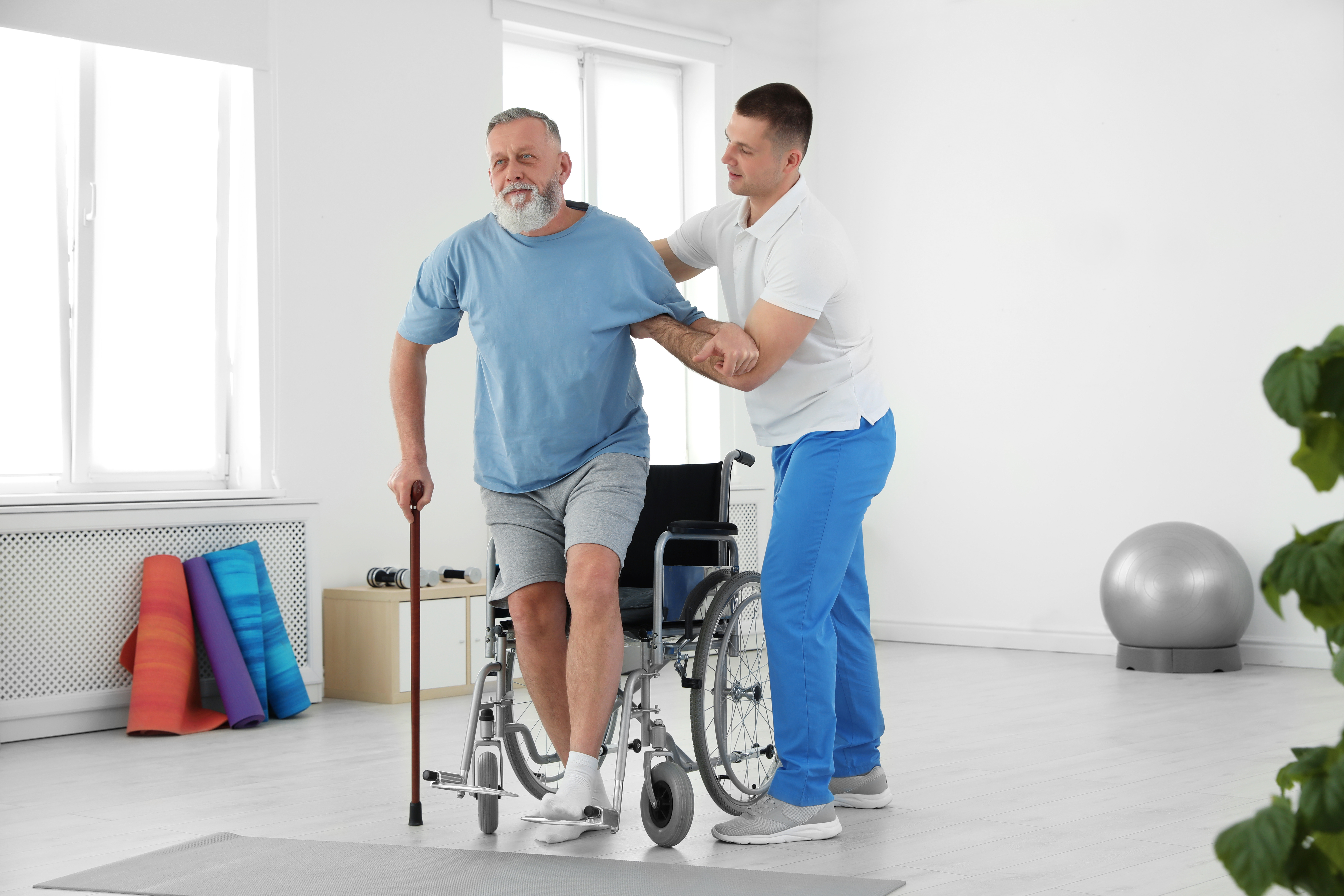Rehabilitation is a crucial process for individuals seeking recovery from addiction. It involves a comprehensive and individualized approach to address the physical, psychological, and social aspects of addiction. In this article from pet friendly rehab, we will explore the basic steps in rehabilitation, highlighting the key components that contribute to successful recovery.
Table of Contents
Assessment and Evaluation
The first step in the rehabilitation process is a thorough assessment and evaluation. This step involves gathering information about the individual’s medical history, substance use patterns, mental health status, and social support system. Through interviews, questionnaires, and assessments, healthcare professionals gain a comprehensive understanding of the individual’s needs and challenges.
Gathering Information
During the assessment phase, healthcare professionals collect detailed information about the individual’s addiction history, including the substances used, frequency and duration of use, and any previous attempts at quitting. They also inquire about the individual’s medical and mental health history, family background, and support systems. This information helps create a holistic picture of the individual’s circumstances.
Determining the Severity of Addiction
Assessment also involves determining the severity of addiction. Healthcare professionals use standardized criteria and diagnostic tools to assess the impact of addiction on the individual’s life. Factors such as withdrawal symptoms, impaired functioning, and the presence of co-occurring mental health disorders are considered in evaluating the severity of addiction.
Detoxification
Detoxification, or detox, is the process of removing drugs or alcohol from the body. It is a crucial step in the early stages of rehabilitation. Detoxification may occur in an inpatient setting under medical supervision or in an outpatient setting, depending on the individual’s needs and the severity of addiction.
Managing Withdrawal Symptoms
During detoxification, healthcare professionals closely monitor and manage the withdrawal symptoms that arise when the body adjusts to the absence of substances. Withdrawal symptoms can vary in intensity and duration depending on the substance and the individual. Medications and supportive care are used to alleviate discomfort and ensure the individual’s safety and well-being.
Ensuring Safety and Comfort
Detoxification is a challenging phase, both physically and emotionally. It is essential to provide a safe and comfortable environment for individuals going through detox. Medical professionals are available round-the-clock to address any medical emergencies or complications that may arise during this process.
Individualized Treatment Plan
Following assessment and detoxification, an individualized treatment plan is developed for each person seeking rehabilitation. This plan takes into account the specific needs, goals, and challenges identified during the assessment phase.
Tailoring Treatment to Specific Needs
The treatment plan is tailored to address the unique needs of the individual. It may involve a combination of therapies, counselling, medication-assisted treatment, and holistic approaches. The plan is designed to provide comprehensive support and tackle the physical, psychological, and social aspects of addiction.
Setting Goals for Recovery
Setting clear and achievable goals is an integral part of the treatment plan. These goals may include abstinence from substances, improving physical and mental health, rebuilding relationships, and developing healthy coping mechanisms. The goals are established collaboratively with the individual in recovery, taking into account their aspirations and motivations.
Counselling and Therapy
Counselling and therapy play a vital role in the rehabilitation process. They provide individuals with the necessary tools, support, and guidance to overcome addiction and maintain long-term recovery.
Individual Therapy
Individual therapy sessions allow individuals to work one-on-one with a therapist to explore the underlying causes of addiction, identify triggers, develop coping skills, and address any co-occurring mental health disorders. The therapist provides a safe and confidential space for individuals to express their feelings, fears, and aspirations.
Group Therapy
Group therapy offers a supportive and non-judgmental environment where individuals can share their experiences, gain insights from others, and develop a sense of community. Group therapy sessions are led by a trained therapist who facilitates discussions, encourages peer support, and provides education on addiction and recovery.
Types of Medications Used
MAT utilizes FDA-approved medications such as methadone, buprenorphine, or naltrexone. These medications help manage cravings, alleviate withdrawal symptoms, and reduce the risk of relapse. The choice of medication depends on the individual’s specific needs and the type of substance addiction.
Combining Medication with Therapy
Medication-assisted treatment is most effective when combined with counselling and therapy. The medication addresses the physical aspects of addiction, while counselling and therapy help individuals develop coping mechanisms, address underlying emotional issues, and make positive behavioural changes.
Incorporating Mind-Body Techniques
Holistic approaches often include mind-body techniques such as yoga, meditation, deep breathing exercises, and mindfulness practices. These techniques help individuals manage stress, regulate emotions, and develop a greater sense of self-awareness and self-care.

